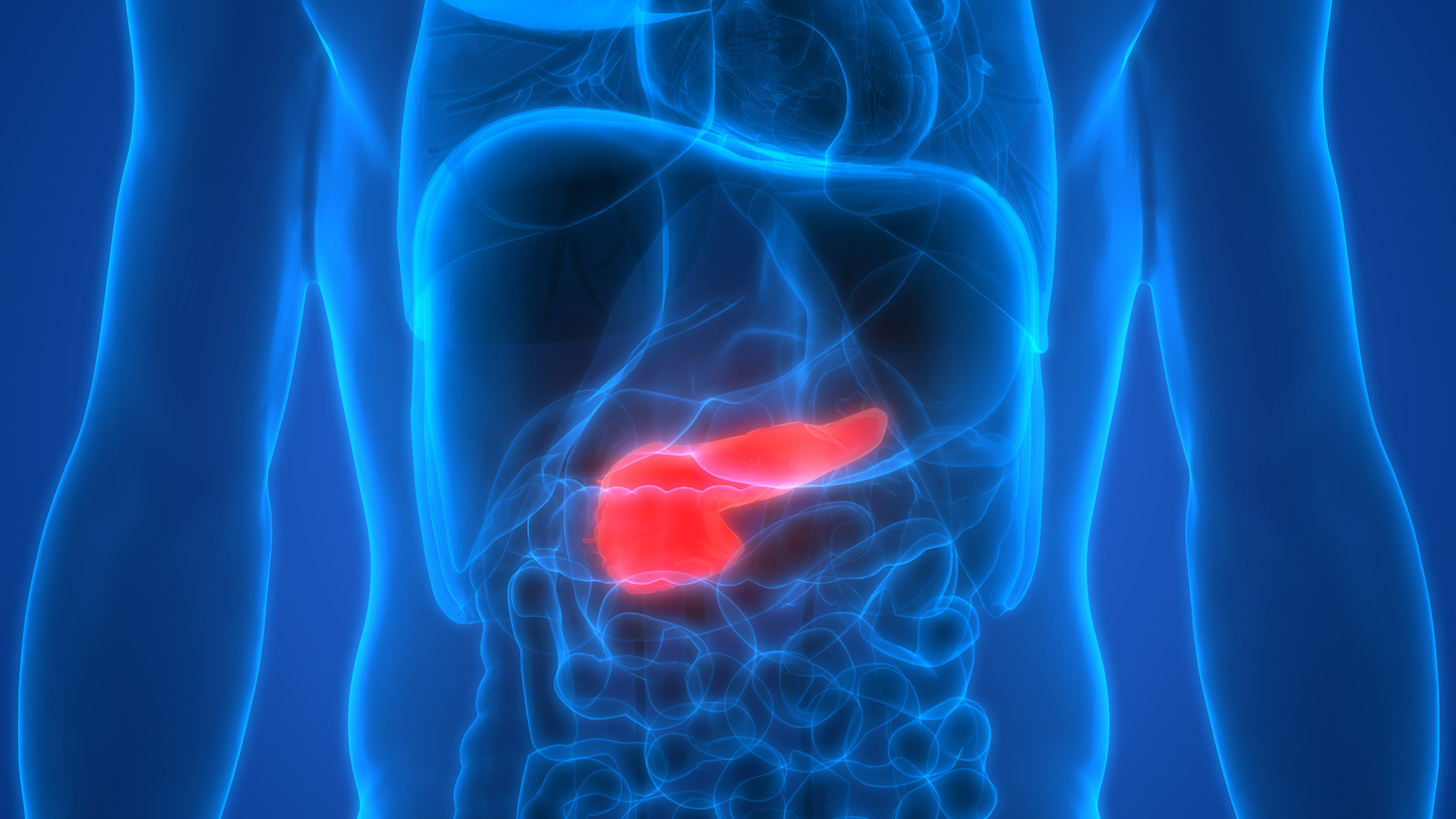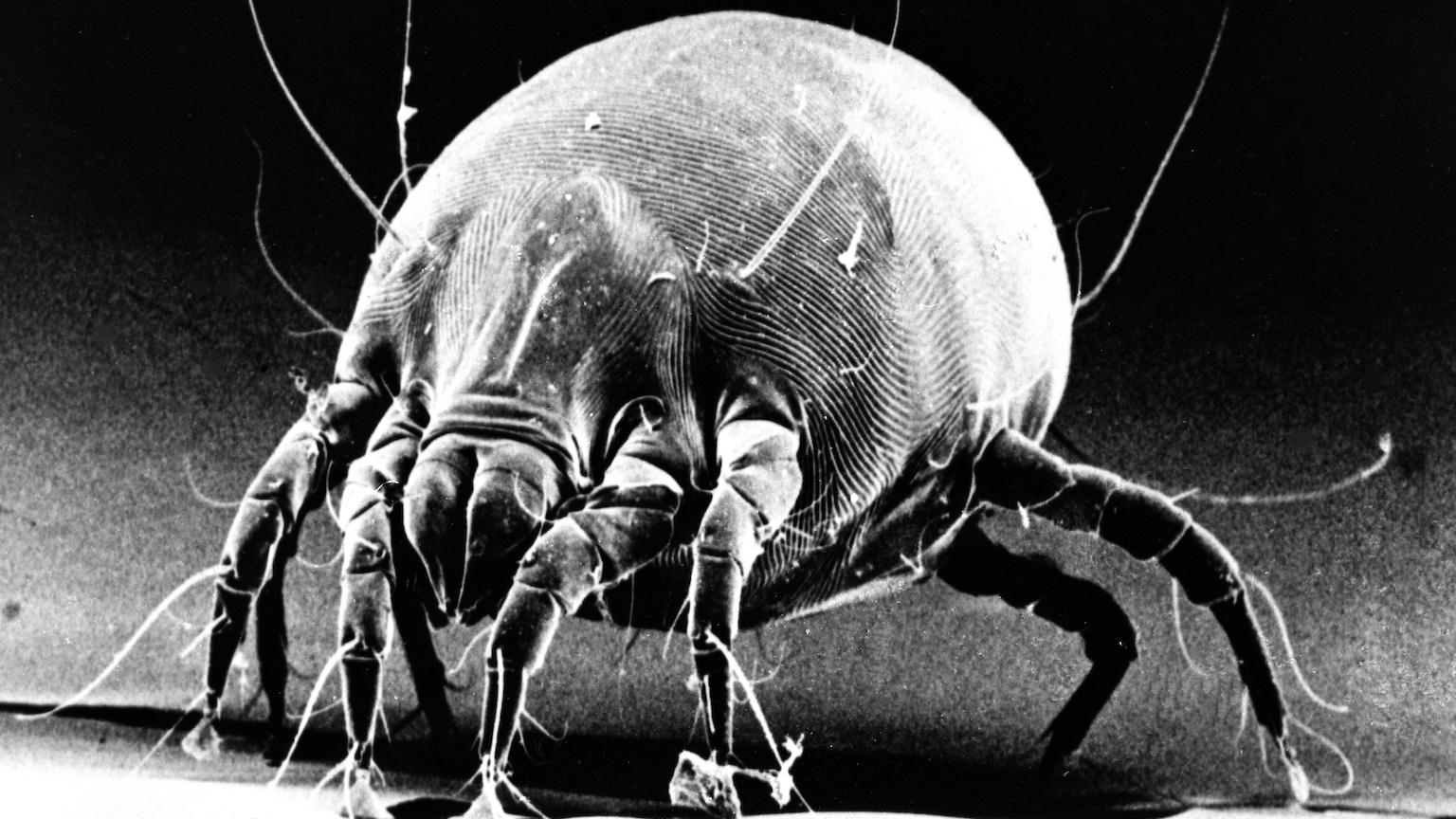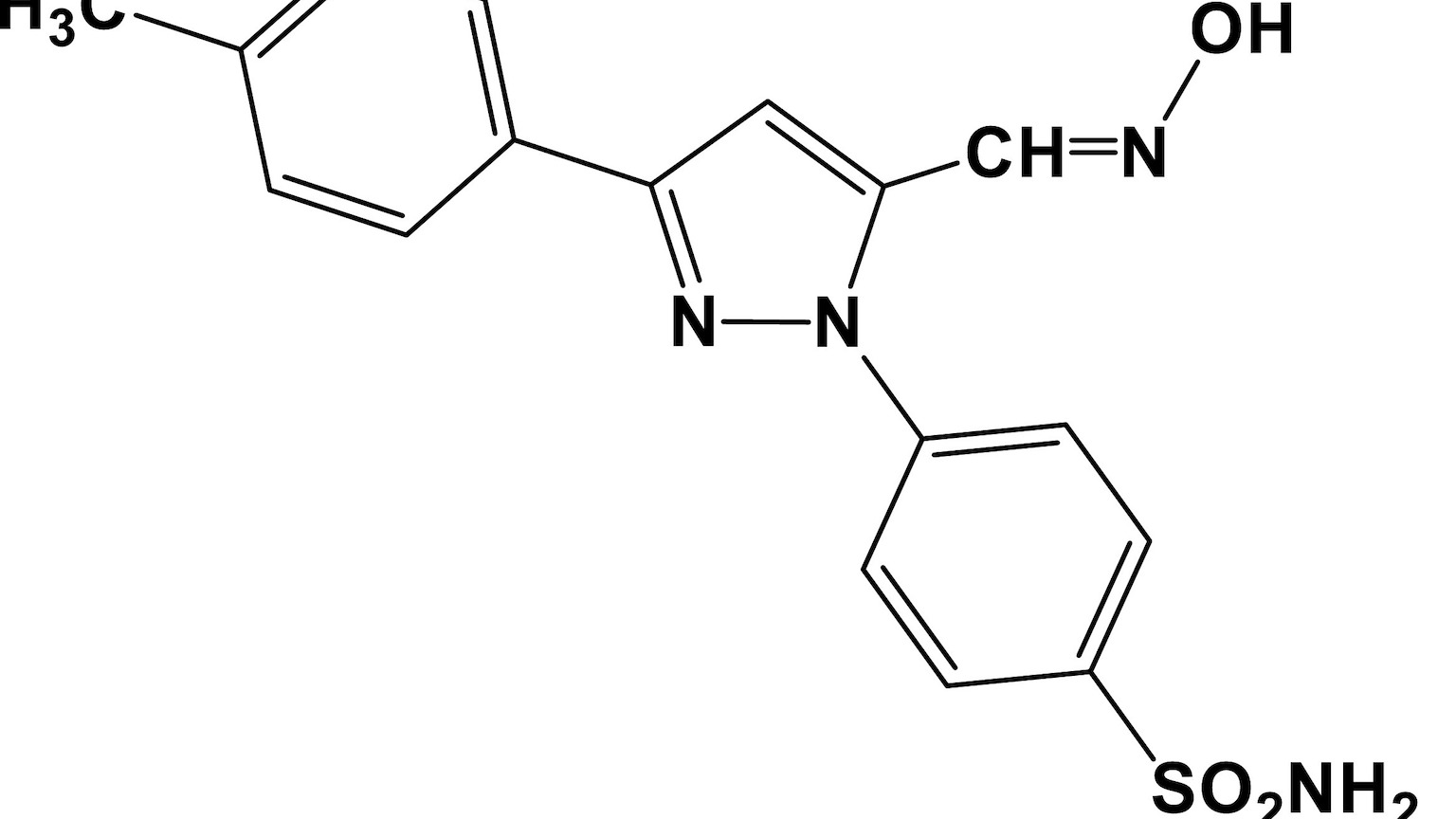New technique detects 95% of early-stage pancreatic cancer

- Some cancers are difficult to detect during their early stages, when treatment success is the highest.
- Scientists developed a new screening technique that analyzes the contents of extracellular vesicles (EVs) — bubble-like blobs that mediate cell-to-cell communication.
- The technique was very successful at detecting early stage pancreatic cancer.
The earlier cancer is detected, the better the chance of successful treatment. Pancreatic cancer, for example, is one of the deadliest cancers. Physicians rarely find the tumor before it causes symptoms, and by then, it has spread to other tissues. For the few patients diagnosed before the cancer spreads, the 5-year survival rate is almost 60%; otherwise, the survival rate is less than 5%.
“Pancreatic cancer has the lowest five-year relative survival rate of all major cancer killers and is the only one for which both the incidence and death rates are increasing,” explained Dr. Andrew Lowy, clinical director for Cancer Surgery at UC San Diego School of Medicine. “Pancreatic cancer is notoriously difficult to detect early, at a stage when surgical resection, the only curative therapy, is possible.”
Lowy and his colleagues set out to develop a novel screening platform that could detect early-stage cancer. Their technique, recently published in Nature Communications Medicine, uncovered more than 95% of early pancreatic cancers. Their trick was to tap into the intercellular communication network.
Extracellular vesicles: A parcel in the intercellular communication network
Over the last couple decades, cancer researchers have discovered dozens of cancer-related biomarkers that play a role in cancer growth and survival. These discoveries have led to the development of powerful cancer treatments. The researchers at UCSD suspected these molecules could be used to identify cancer early. Unfortunately, these molecules are tricky to find.
Multi-cancer detection tests (MCDTs) involve screening for blood-based proteins or nucleic acids that are indicative of cancer. Several MCD tests have shown promise for detecting late-stage cancers. Catching early-stage cancers, however, has proven much more challenging. During the early stages, there are very few cancer-related biomarkers and many unrelated molecules. Consequently, MCDTs aren’t sensitive enough to spot signs of cancer. In other words, there is too much background noise. So the researchers decided they would only focus on one thing: extracellular vesicles (EVs) — tiny, bubble-like blobs that mediate cell-to-cell communication.
Vesicles can be used to screen for early cancer signals
Healthy cells and cancer cells eject EVs into the bloodstream. Cancer-derived EVs often carry lots of cancer-associated protein biomarkers, which can cause problems. When these proteins are delivered to other cancer cells, they can increase chemotherapeutic drug resistance, enhance metastasis, increase nutrient delivery, and disrupt the immune system, according to previous studies. But there is a silver lining: the contents of EVs hold diagnostic potential.
For example, some pancreatic cancer-derived EVs carry a protein called macrophage inhibitory factor (MIF), which suppresses the immune system. However, the amount of MIF in the vesicle may serve as a predictive marker for liver metastasis. That is, the more MIF there is, the more likely that the cancer will spread to the liver.
Lowy and his team purified EVs from the blood of patients with early pancreatic, ovarian, and bladder cancers, as well as from healthy controls. Then, they analyzed the protein composition of the samples. Comparing the samples from cancer and control patients, the scientists developed a machine-learning algorithm to identify a small set of EV proteins that can be used to detect early-stage pancreatic, ovarian, and bladder cancers.
Their algorithm successfully detected 95.5% of stage 1 pancreatic cancers, 73.1% of stage 1 ovarian cancers, and 43.8% of stage 1 bladder cancers, illustrating the potential value of this technology for early cancer detection.





